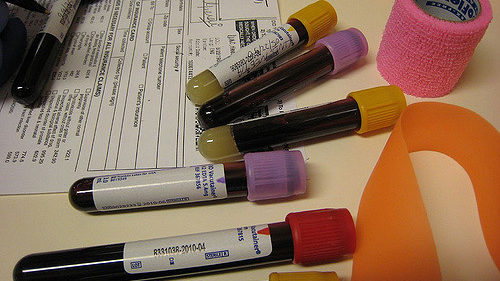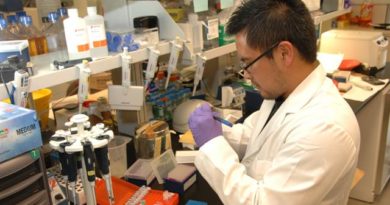Phlebotomy – The Good, The Bad, and The Ugly
The world of phlebotomy is a very challenging and rewarding career option. And as with any field, it has its pros and cons.
One of the ways you may find helpful in evaluating a potential career choice is to look at those pros and cons and weigh them all out.

The Good:
Phlebotomy is a “quick entry” field
By that I mean that you can get into a career in phlebotomy in a relatively short period of time – relative, at least, to what many other medical areas require. The training and certification process can often be achieved in as little as 6 months.
Several job options
There is a wide array of options available as to where to apply your skills. Certainly hospitals and doctors’ offices come readily to mind. But there also jobs available in diagnostic labs, blood banks, and even with insurance companies. And, the good news here, according to the U.S. Bureau of Labor Statistics – the field of clinical technicians (which includes phlebotomists) is expected to grow at a rate of around 16% through 2018.
Flexible hours
This can be considered a bad point as well, depending on your point of view. Some people prefer a set schedule with the same hours every day and working the same days each week. On the other hand, there are many people who enjoy having a varied and flexible schedule.
In some cases, such as working as an independent contractor doing insurance physicals, the phlebotomist can set their own schedule. The flexibility often makes it easier for you to schedule your work around other life events rather than always having to take a day off and miss work entirely.
Phlebotomy is a good stepping stone
Certification in phlebotomy can provide a solid foundation upon which to build. With the fast track to certification in this field you can be working and earning money while you pursue additional training.

The Bad:
Working in phlebotomy entails certain risks
There is the danger of being accidentally stuck with a contaminated needle and contracting a serious disease as a result. There is also exposure to airborne contaminants.
Standing for long hours
Working in phlebotomy often requires standing for long hours during a shift, particularly if you are employed in an emergency room. Even just a few years of it can lead to varicose veins.
Can be stressful
Depending on where you ply your trade, the work can be quite stressful. For example, in emergency rooms or trauma centers the level of stress often runs high. Of course, it isn’t the phlebotomy itself which is stressful, but rather the overall work environment.
Risk of injuring patients
Phlebotomists have to assume the risk of possibly injuring a patient. This in itself is enough to create stress for many.
Some of the possibilities include:
- Missing the vein and causing nerve damage
- Collapsing a vein through improper procedure
- Nicking an artery causing an arterial bleed
Children
While working with children can be a pleasure, when it comes to phlebotomy it can be nerve-wracking and most challenging. Children are very unpredictable in their responses and can jerk and move suddenly and often violently.
This presents a unique difficulty and danger to the phlebotomist, as well as to the child, as sudden movements can lead to accidental sticks. Many hospitals require their phlebotomists to use additional protective equipment when attempting a blood draw on a child.

The Ugly:
Exposure to dreadful sights
Many phlebotomy technicians find themselves working in hospital emergency rooms or trauma centers. This environment lends itself to seeing some dreadful and often horrid sights as the technician has to deal with accident victims, gunshot wounds, and all sorts of frightful accidents. These situations many times involve children or infants and it can be truly heart-wrenching.
Difficult patients
Phlebotomy is a career that involves working with the public. Some individuals you come across will be obnoxious, rude, and uncooperative, particularly if you encounter someone in an ER who is intoxicated or under the influence of drugs.
What You Should Read Next:
- Want to know more about phlebotomy salaries?
- Learn how to become a phlebotomist, step by step
- Explore phlebotomy resources




